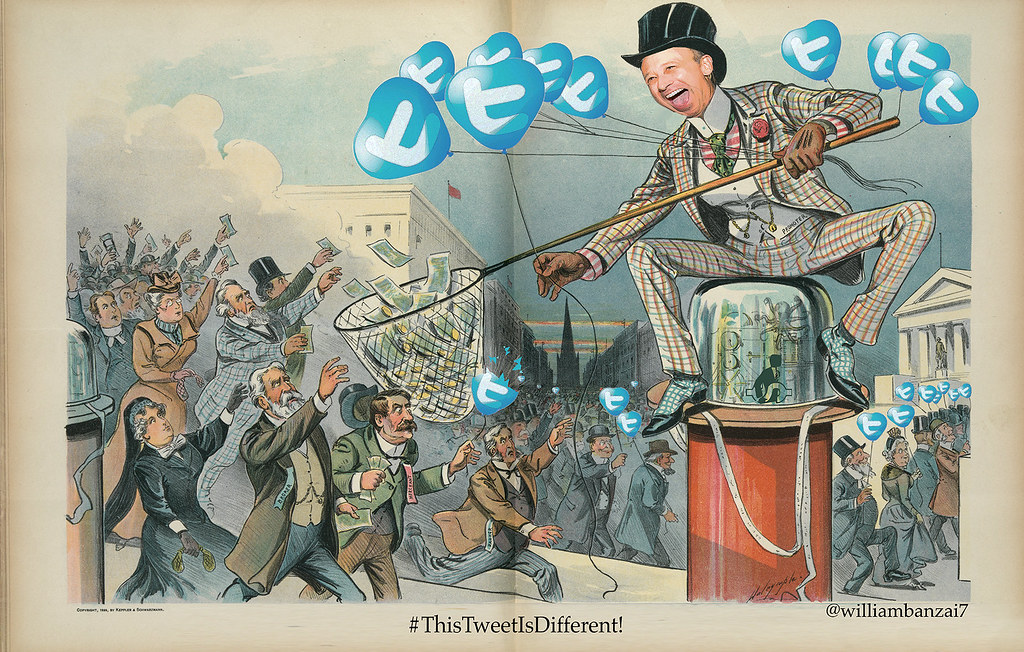Over the weekend, in “Venezuela Government “Occupies” Electronics Retail Chain, Enforces “Fair” Prices“, we reported that unpopular president Nicolas Maduro ordered the “occupation” of a chain of electronic goods stores in a crackdown on what the socialist government views as price-gouging hobbling the country’s economy. Various managers of the five-store, 500-employee Daka chain – the local equivalent of Best Buy – have been arrested, and the company would be forced to sell products at “fair prices.” Since then things have escalated rapidly. Because as we queried, and many wondered, the first question that arose is how would Maduro i) assure that prices were indeed kept at their “fair values” and ii) how would the cool, calm and orderly social order be preserved when suddenly everyone scrambles to buy all those flatscreens (which may have certain operational problems once the socialist paradise is hit with daily electric brown and blackouts very soon) they have been dreaming of for years. Now we know: with the help of the army.
NBC reports that in his “fight” against the economic “war” that he says the political opposition, in collusion with the United States, is waging against Venezuela, President Nicolas Maduro ordered the military occupation of a chain of electronics stores over the weekend, forcing the company to charge “fair” prices. This is happening hours after Maduro also promised that he will lower prices of mobile phones: will battalion regimens be tasked with making sure iPhone 5S are sold at a net profit for Apple?
But back to serious matters such as how brilliant socialist decrees result in immediate looting:
Pictures shared on social media as well as local newspaper reports said that one store in the country’s central city of Valencia faced looting. Some critics suggested that the entire operation was a form of looting organized by the government, just in time for municipal elections in December.
“This is for the good of the nation,” Maduro said on state television. “Leave nothing on the shelves, nothing in the warehouses … Let nothing remain in stock!”
Pay attention: this is coming to every “developed” banana republic near you.
Head of the High Commission for the People’s Defence of the Economy Hebert Garcia Plaza attempted to explain the government’s decision to take over Daka on state television on Friday, accusing the chain of unfair markups.
From a Daka store in Caracas, the government minister tweeted a picture of a washer/dryer that “cost 39,000 VEF on November 1 and today costs 59,000 VEF, a nearly 100 percent rise in a week.”
And while observed from the outside what is going on in Venezuela is a hoot, it hardly is to those stuck in the socialist paradise:
Local economist Jose Guerra, a former Central Bank official, was critical of not just the events at Daka but the bigger picture. “Food today, hunger tomorrow,” he wrote on Twitter.
Venezuela’s opposition leader, Henrique Capriles, has long blamed the government for the state of the country’s economy. On Saturday, he tweeted: “Everything Maduro does leads to further destruction of the economy.”
“Today it’s Daka. Tomorrow it’ll be the banks where you save your money,” tweeted Maria G. Colmenares, a professor at a local university.
Oscar Diaz resorted to sarcasm to make his point: “Daka had flour, sugar, milk and other basics. The shortage is over! Ah sorry, they sell [appliances]! Oops.”
At this point there is little left to comment on either Venezuela, or the rest of the world that has adopted the same “fairness doctrine” principle. Best to just sit back and consume the trans-fat free popcorn.







via Zero Hedge http://feedproxy.google.com/~r/zerohedge/feed/~3/7yjl0j-7skE/story01.htm Tyler Durden






 Last week, Portland, Maine was
Last week, Portland, Maine was